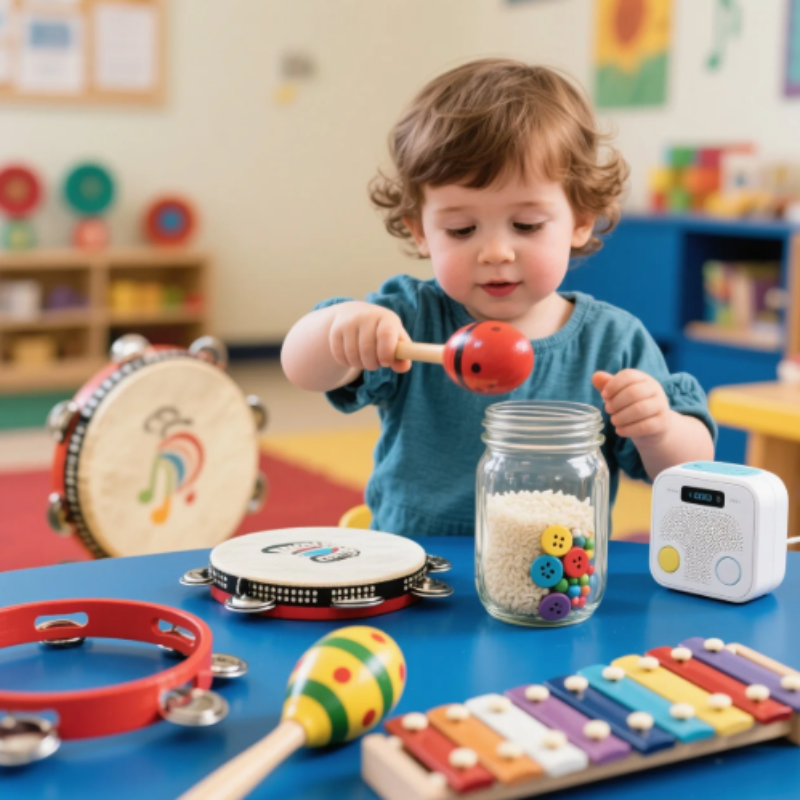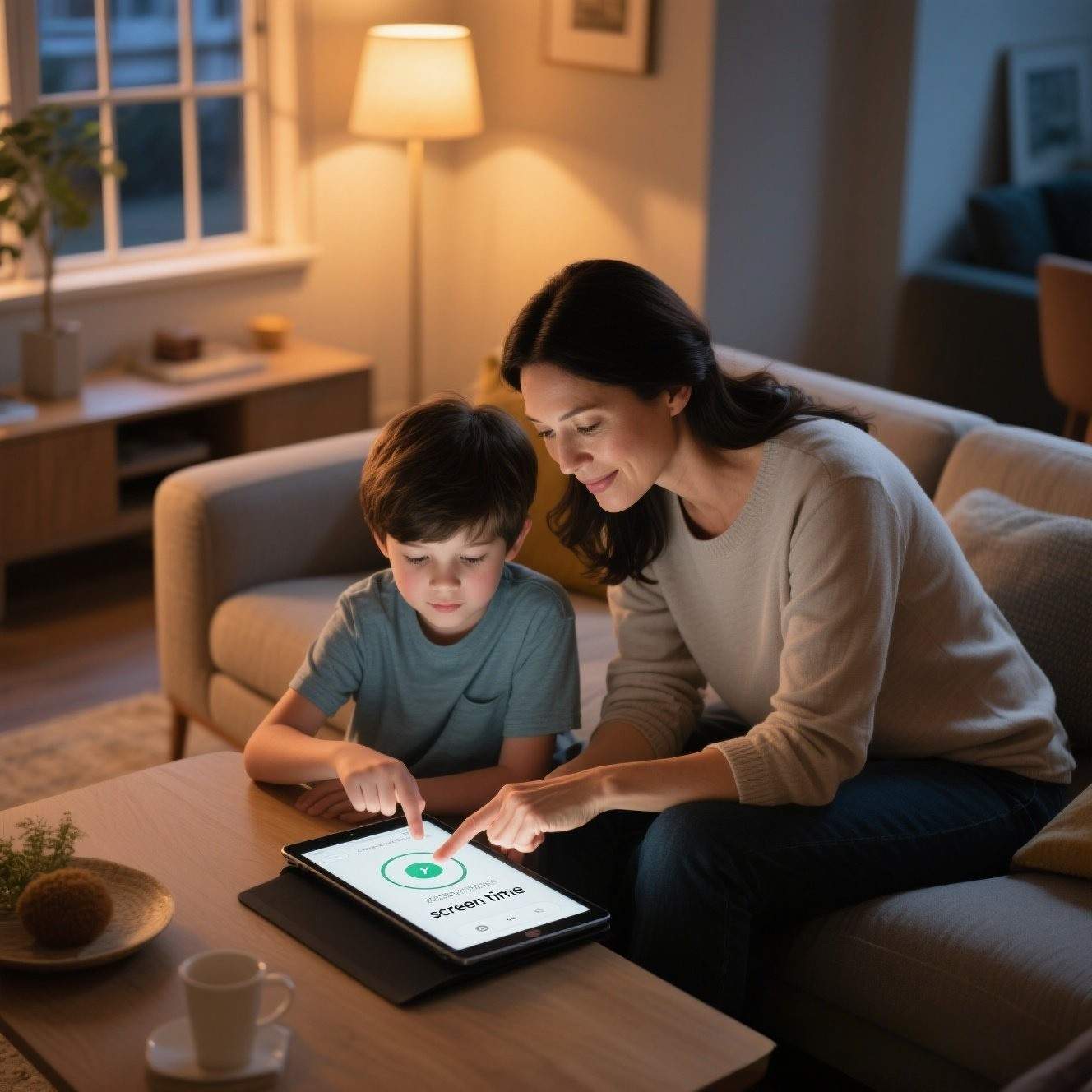Introduction
Screens are woven into childhood now—tablets for homework, phones for chatting with friends, streaming shows during dinner prep. Many parents wonder, what are the symptoms of screen overuse? Because digital devices make life smoother for busy families, it’s easy to overlook how quickly “just a little screen time” can balloon into hours. Unfortunately, excessive exposure often carries subtle costs that parents might not connect to devices right away. This article unpacks the most common symptoms of screen overuse in kids, from shifting moods to physical complaints, so you can spot trouble early and steer your family back toward balance.
Behavioral Red Flags Parents Should Watch For
A child’s behavior is usually the first place screen overuse shows up. Look for consistent patterns over several days—not just one moody afternoon—before drawing conclusions.
- Irritability or mood swings when screens are removed. Sudden outbursts, tears, or angry protests often mirror withdrawal‑like reactions.
- Loss of interest in non‑digital activities. Toys gather dust, outdoor play invitations disappear, and previously loved hobbies seem “boring.”
- Defiance or secretive device use. Hiding phones under the blanket at night, deleting browsing history, or minimizing windows when adults enter the room.
- Sudden dips in school performance. Homework remains unfinished, assignments are forgotten, and test scores slide—frequently tied to late‑night gaming or distracted study sessions.

Physical Symptoms Linked to Screen Overuse
Body signals often appear before kids can fully articulate discomfort.
- Digital eye strain. Tired, itchy, or watery eyes; headaches; and blurry vision that improves after resting away from screens.
- Tech neck and slouched posture. Prolonged hunching over tablets can cause chronic neck or upper‑back pain.
- Sleep disruption. Blue‑light exposure in the evening suppresses melatonin, leading to trouble falling or staying asleep and groggy mornings.
- General fatigue. Lack of physical movement combined with late nights leaves kids low‑energy and less willing to be active.
Cognitive and Emotional Impact
Screens don’t just affect the body; they shape the way a child thinks and feels.
- Shortened attention span. Rapid‑fire content teaches the brain to expect instant feedback, making classroom tasks feel slow.
- Memory and problem‑solving decline. Heavy multitasking online can crowd working memory, leaving less bandwidth for deeper thinking.
- Heightened anxiety or depression. Endless social‑media comparison loops and constant notifications can fuel restlessness and low mood.
- Poor emotional regulation. Quick access to stimulation may reduce patience, leading to overreactions in everyday frustrations.

Social and Family Relationship Challenges
When screens become the main focus, real‑world connections often suffer.
- Withdrawal from family activities. Meals, outings, even casual chats get skipped in favor of gaming or scrolling.
- Preference for virtual over face‑to‑face interaction. Kids may chat comfortably online yet feel awkward or indifferent in person.
- In‑home conflicts. Negotiations (or arguments) about device limits can strain parent‑child trust.
- Eroding empathy and communication skills. Less practice reading facial cues and navigating live conversation can stunt social growth.

What Parents Can Do: Solutions and Support
The good news: most screen‑related issues improve quickly once healthier habits take root.
- Set age‑appropriate limits. Draft a family media plan that outlines daily or weekly allowances and clearly states when and where devices are off‑limits.
- Create screen‑free zones and times. Bedrooms and dinner tables are ideal places to start; power down at least an hour before bedtime to protect sleep.
- Offer engaging offline alternatives. Stock art supplies, sports gear, puzzles, and books; schedule outdoor playdates or weekend hikes to make unplugging appealing.
- Model balanced digital habits. Kids mirror adult behavior—put your own phone away during shared moments to show that conversation comes first.
- Protect eye and posture health. Encourage the 20‑20‑20 rule (every 20 minutes, look 20 feet away for 20 seconds), schedule regular eye exams, and adjust desks or tablet stands to eye level.
- Seek professional guidance when needed. If dramatic mood shifts, academic decline, or social withdrawal persist despite new rules, consult a pediatrician, counselor, or behavioral specialist. Early intervention prevents deeper issues.
Conclusion
Screen overuse rarely happens overnight, and its earliest signals—crankiness here, a skipped soccer practice there—are easy to miss. By watching for behavioral shifts, physical complaints, and changes in focus or friendships, parents can recognize trouble before it takes root. The sooner you recalibrate household tech habits, the faster kids regain bright eyes, steady moods, and enthusiasm for the world beyond the screen. Mindful media limits, active alternatives, and open conversation don’t just protect development; they also strengthen family bonds—showing children that the richest connections still happen face to face.





